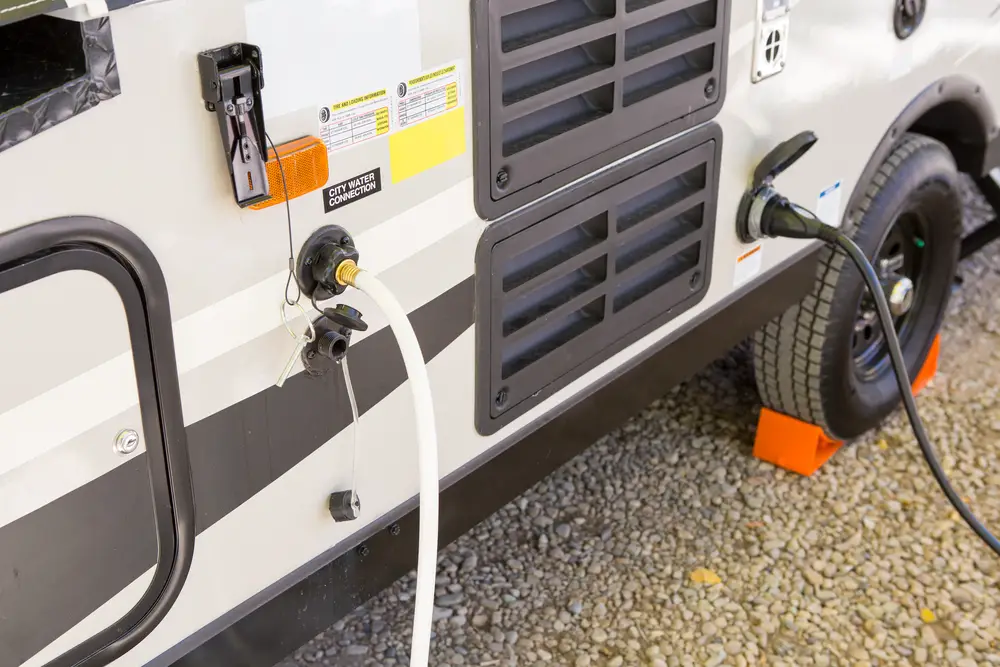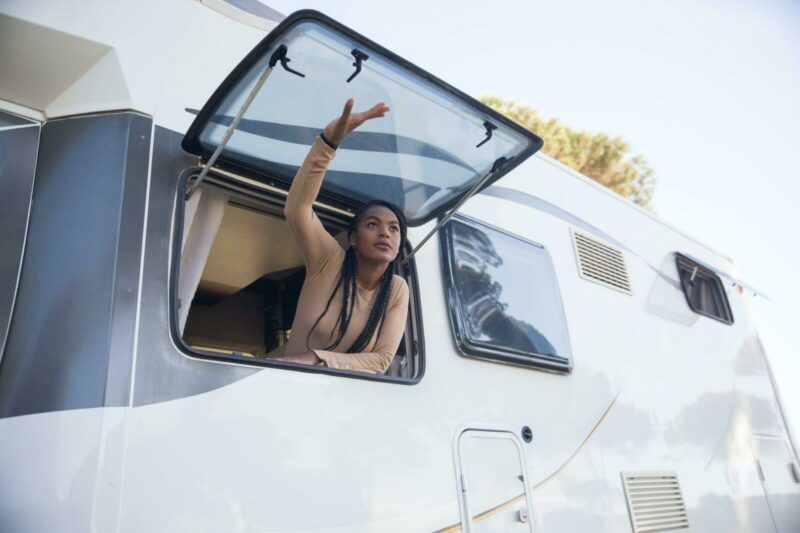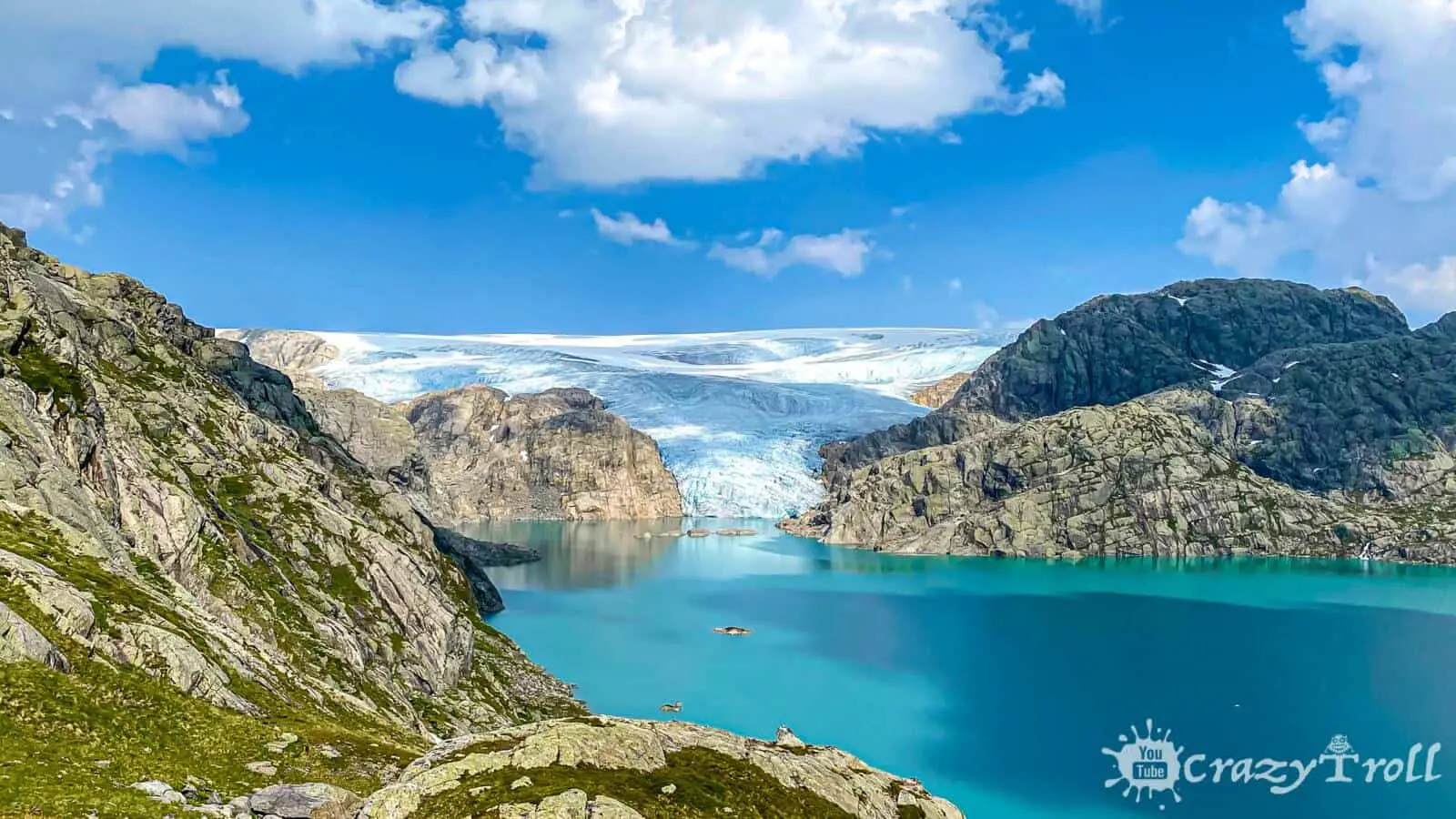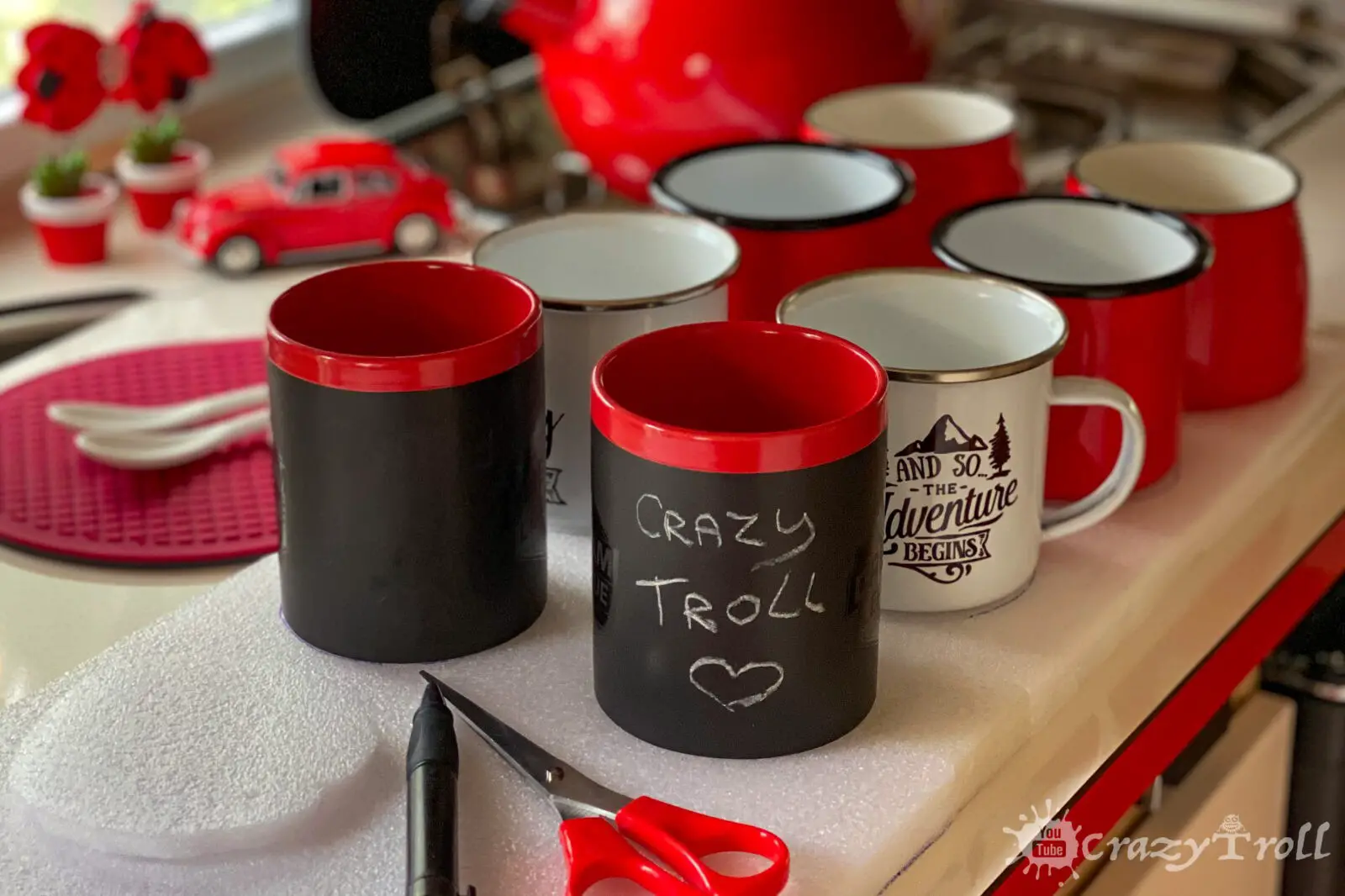Before you take your first trip in your motorhome, it will serve you well to take a tour of its critical systems, so you know what to do to keep body and soul together, and how to fix, refill, and supply the motorhome, wherever you happen to be.
The water systems on most motorhomes consist of a few main components:
- A fresh water tank
- A 12v electric pump
- Hoses
- A gas boiler
- A shower
- Faucets in the kitchen and bathroom
- A toilet
- Optionally, an outside shower head
- A grey water tank to collect waste water from sinks
- A black water tank to collect waste water from the toilet

But how you make sure your fresh water tank – on which all the day-to-day business of life depends – stays full depends on where you are, to what kind of supply you have access, and knowing how to make the most of the available water source.
Using The City’s Water Supply
If you park your motorhome up at a campsite that provides its own on-site water hook-up, then you’re golden. Your motorhome will likely have a water intake valve configured one of two ways.
Some motorhomes have separate connections for whether you’re filling up the tank or drawing direct from the city’s abundance. Some others will have a single connection that you can use in both circumstances.
If you’re drawing from the city’s supply, switch your intake valve to “city supply” or “local supply.” Turn off your water pump, because you don’t want to keep drawing from your tank while you have access to the city supply. Connect your influx hose to your water intake valve on one end, and to the city supply spigot on the other.
Test the connection by turning on a faucet slowly at first, and then increase the demand once you’re sure there are no leaks along the way. Now, for as long as you’re at the site, your job is done, and you have access to the city’s water supply.
Filling Your Fresh Water Tank
If you’re away from a campsite, you’re reliant on just what’s in your fresh water tank. If there’s nothing in your tank, there’ll be nothing coming out of your faucets.
So how do you keep your tank filled?
Separate Your Hoses
First of all, keep your fresh water hose separate from all other hoses. Don’t use it to clean out septic hoses, don’t use it to clean your motorhome. Use it only to fill your fresh water tank. That way, it has the best chance of remaining contamination-free – and so do you.
Find Your Intake Valve
Attach your fresh water hose to your fresh water intake valve (it can be variously labelled “city water,” “fresh water,” “intake water,” etc. However it’s labelled, you’ll get the idea.
Attach the other end of your fresh water hose to your water spigot.
Now, let’s rock and roll.
Check Your Water Level Monitor
OK, let’s not rock and roll quite yet. Find your water level monitors in your motorhome. You may need a second pair of eyes for this. You’ll also need a healthy skepticism, because water level monitors are notoriously inaccurate.
Looking directly to see how full your tank is will always be more accurate, but if you can’t get a visual on that fullness, trust your monitor initially, and learn its idiosyncrasies over time, just as you would with a gas tank that says it’s full when you know it’s only three-quarters of the way there.
Fill Up Your Tank
Now, let’s rock and roll. Turn on your hose at the water source, and watch the monitor numbers climb as the water is schlurped up into your tank.
It’s worth considering where you’re going next. If you’re heading out into the wilds of Nowhere Much, by all means, fill that tank till it squeaks like the bladder of an 8-year-old five minutes after you leave the house.
If you’re just travelling from town to town or campsite to campsite though, you might want to take a minute for second thoughts. Water’s pretty heavy, adding over 8 pounds per gallon to the strain on your rig as you go down the road.
That in turn will have an effect on your fuel efficiency, because you’re hauling a lot more weight over every mile you travel.
So, while it feels instinctively like a good idea to drive full all the time, you can get a better weight/need ratio by considering how far and how long it is till you hit another supply, and filling your tank accordingly.
Remember, you need to be ready to turn off your spigot in plenty of time before your tank hits maximum. Once you’ve turned it off, leave your tank valve on “tank fill,” so that it will draw water from the tank, rather than trying to draw water from thin air.
Unhook your fresh water hose, and then coil and store it carefully. Where? Separate from every other hose you own, that’s right. Give it its own closet if you can. Keeping that hose pristine is all that stands between you, your friends or family and the potential of a water-borne infection.
How To Use A Water Pump
As we said at the start, knowing the ins, out, whys and wherefores of your water supply system will serve you well on the road.
You remember we mentioned a 12V battery in our list of elements of your system?
This is why. If you’re far from city-based plug-in power, you can use that battery to power your pump, and so get water at a consistent rate to every outlet in your motorhome, rather than relying on gravity, luck, and a rain dance.
Somewhere in your vehicle, there’s a switch to turn the water pump off and on. Do not leave home without locating this switch.
When you need to use your water tank to supply you, make sure the pump switch is in the “on” position. How will you know if it’s on, without looking at it every time you turn on a faucet? You should be able to hear the pump kicking in every time you use tank water in your motorhome – every time you flush the toilet, every time you run a facet, etc.
Knowing how to get water in your motorhome is one of the main responsibilities of owning a machine that gives you the freedom it does. But between tanks, pumps, hoses and spigots, hopefully it should no longer be a mystery.








